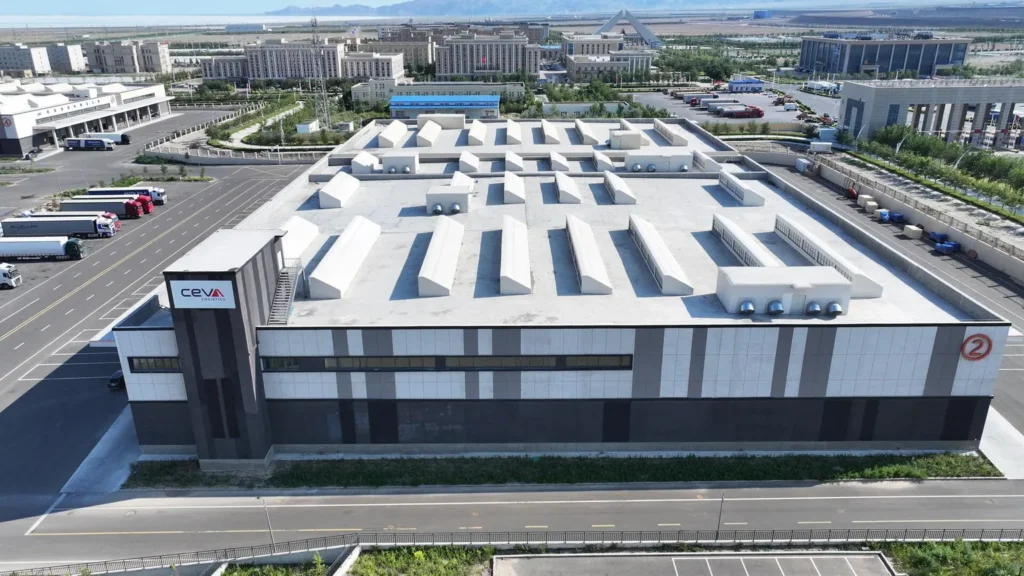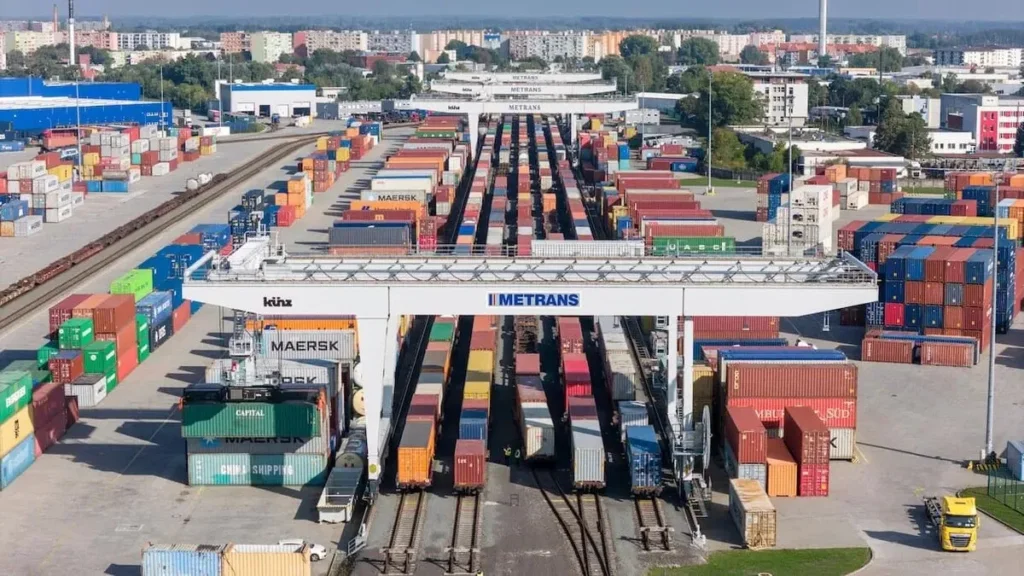China’s adoption of the UN-backed TIR system reached new heights in 2024, with operations expanding into cross-border e-commerce, cold chain logistics, and bulk freight. The number of TIR operators and vehicles in China grew by over 400%, significantly boosting China-Europe trade corridors and pan-Asian transport reliability, IRU reported.
The number of TIR movements to and from China surged by 88%, with transport operators from eight countries engaging in TIR activities within the region. A total of 35 border crossings and inland cities facilitated these movements, supporting more than 50 cross-border TIR routes.
In 2024, five IRU-accredited TIR logistics hubs were established in key inland trade cities: Kashgar, Urumqi, Zhengzhou, Shenyang, and Chengdu, according to IRU. These hubs provide essential customs, warehousing, and cargo handling services, reducing processing times to as little as two hours. They have already attracted 40 transport, freight forwarding, and logistics companies, which now operate over 20 TIR routes covering Central Asia, Pakistan, Afghanistan, and the Caucasus.
Beyond facilitating trade, these hubs serve as centers for international cooperation, fostering industry best practices and strengthening ties with multinational firms and trade associations across Eurasia.
Looking ahead, IRU aims to build on this momentum by further expanding TIR routes and integrating the system into multimodal transport, bonded cargo, and transit operations. More logistics hubs are expected to launch in additional Chinese cities, reinforcing trade networks and enhancing China’s global transport connectivity.
“2024 marked the 75th anniversary of the TIR system and a significant step forward in China’s journey towards scaled development of TIR, thanks to the joint efforts of IRU, our private sector partners, and public authorities,” stated IRU Director of TIR and Transit Tatiana Rey-Bellet.









